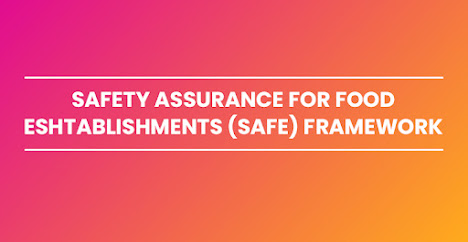Visualize Your Data Like Never Before with Excel and PowerPoint
Data visualization is a powerful tool that allows you to tell stories with your data. By using Excel and PowerPoint, you can create stunning visualizations that make it easier to analyze and communicate complex data sets. In this blog, we will explore the various techniques and tools that you can use to create compelling data stories using Excel and PowerPoint.
- Creating and organizing visualizations with Excel
Excel is a powerful tool for creating visualizations that help you better understand your data. With features like Pivot Tables and Charts, you can quickly summarize and analyze large data sets, identify trends and patterns, and create stunning visualizations.
To create a visualization in Excel, start by selecting the data that you want to analyze. From there, you can use Pivot Tables to create summaries and charts to visualize your data. With Excel's charting tools, you can customize your charts to fit your needs, adding titles, labels, and formatting to make them more visually appealing.
- Examining insights and organizing dashboards and data stories
Once you have created your visualizations, it's important to organize them into dashboards and data stories that make it easy to understand the insights that you have uncovered. With PowerPoint, you can create compelling data stories that help you communicate your findings to stakeholders.
To create a data story in PowerPoint, start by organizing your visualizations into a logical sequence. From there, you can use text and images to provide context and explain the insights that you have uncovered. With PowerPoint's animation and transition tools, you can create dynamic presentations that capture your audience's attention.
- Relating to stakeholders and examining insights with subject matter experts
Data storytelling is not just about creating visualizations and presenting data. It's also about building relationships with stakeholders and subject matter experts to ensure that your insights are meaningful and actionable.
To relate to stakeholders and subject matter experts, start by understanding their needs and goals. From there, you can tailor your data stories to provide insights that are relevant to their needs. With Excel and PowerPoint, you can create interactive dashboards and presentations that allow stakeholders to explore the data and uncover insights on their own.
- Distinguishing patterns using interactive graphs
Interactive graphs are a powerful tool for distinguishing patterns and trends in your data. With Excel and PowerPoint, you can create interactive graphs that allow stakeholders to explore the data and uncover insights on their own.
To create an interactive graph, start by selecting the data that you want to visualize. From there, you can use Excel's charting tools to create a graph that allows stakeholders to filter and explore the data. With PowerPoint, you can embed the interactive graph into your data story, allowing stakeholders to explore the data and uncover insights on their own.
In conclusion, data storytelling and visualization using Excel and PowerPoint is a powerful tools for communicating insights and building relationships with stakeholders and subject matter experts. By creating and organizing visualizations with Excel, examining insights and organizing dashboards and data stories with PowerPoint, relating to stakeholders and examining insights with subject matter experts, and distinguishing patterns using interactive graphs, you can create compelling data stories that help you uncover insights and drive action.



Comments
Post a Comment